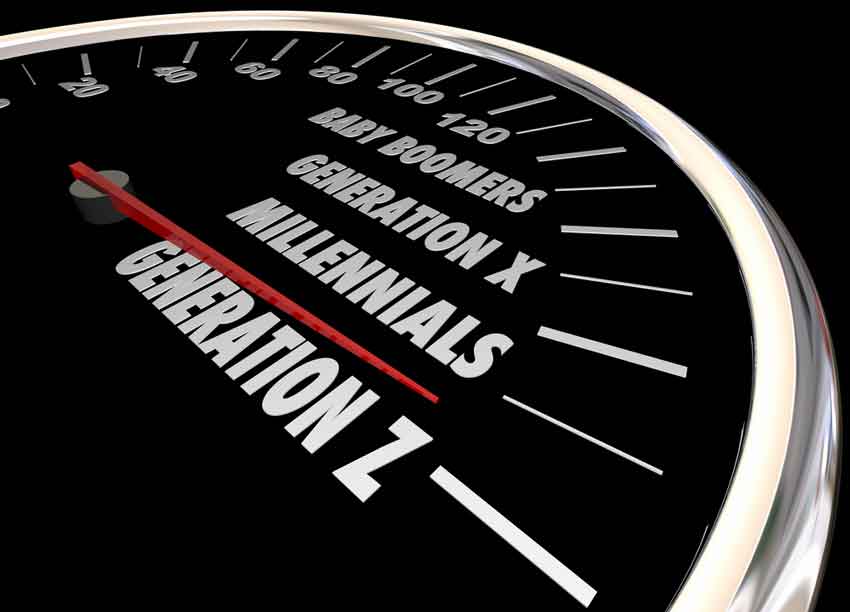Millennials Are Key To Credit Union Growth
Millennials, that tenacious generation born during the late 80’s and through the 2000’s, are the driving force behind a significant upsurge in credit union growth.
According to a study conducted by the TransUnion, the percentage number of millennials using credit unions has experienced a meteoric rise, growing from 20% just back in 2013 up to to a whopping 25% in the first quarter of 2016.
Why is this happening? After considering the millennial mindset, the gravitation to credit unions seems obvious. Yet the rate of movement is higher than anyone could have projected.
One of the most defined characteristics of the millennial generation is an increase in a general sense of duty or civic-mindedness.
For distrustful customers, growing up during the banking crises of the early 2000s, the community-driven, community-controlled core of the credit union business model is a breath of fresh air in the search for a big banking alternative to auto loans, mortgages and credit cards. A non-profit credit union offers clear transparency – the members are the ones who benefit, and the members are the ones who retain control.
However, the important, actionable piece of information about this millennial movement is the specific types of credit unions these young adults are migrating to. Since 2014, growth in credit unions has steadily increased, but the growth is far from uniform across the industry.
The “mom-and-pop” traditional credit unions are not seeing these migrations. Instead, growth is largely constrained to those credit unions taking advantage of merger opportunities to create a sufficient membership base to offer products and services competitive with their big banking counterparts. Just how big should credit unions that are trying to stay competitive be? We have talked about $1 billion in assets in the past, but the future now points to $2 billion as being a realistic threshold to get a piece of the growth.
Click Here to Download White Paper “How Mergers Help Small CUs”
While generational psychologists are quick to place millennials into a single civic-minded group, there’s plenty of other factors driving this movement; this generation is not willing to take a step back from convenience. They are technology-driven and comfortable with a host of services that have become commonplace within what older generations consider a very short period. Online access. Online management. 24-hour services. Better rates. Better access.
In addition to better services, there’s one more reason millennials are gravitating towards the bigger credit unions: marketing. The credit union down the street might be able to keep chugging along with food traffic and curb appeal, but millennials are searching for their next banking alternative using the Internet. The successful credit union of the digital age is a global credit union, creating substantial brand awareness organically and naturally due to reaching critical mass and competitive advantage.
To sum up, the difference between the declining segments of the credit union industry and the one on the upswing is scale. However, millennials are just the tip of the iceberg. No matter how many resources they want, the next generation is only going to want more. And tomorrow’s credit union needs the resources to provide it.
1 Comments on “Millennials Are Key To Credit Union Growth”

 CEO Advisory Group
CEO Advisory Group

Pingback: Credit Union Mergers Enhance Members' Financial Lives